
Zero waste gardening : newspaper usage
How to use it?
Contents
Although it may not seem like it at first glance, newspaper is a treasure trove for the garden! It can be used for its insulating and preserving properties, among many others. In an age where the word recycle is on everyone’s lips, don’t hesitate to give it a second life! Here are seven ways to use newspaper in the garden or vegetable patch.
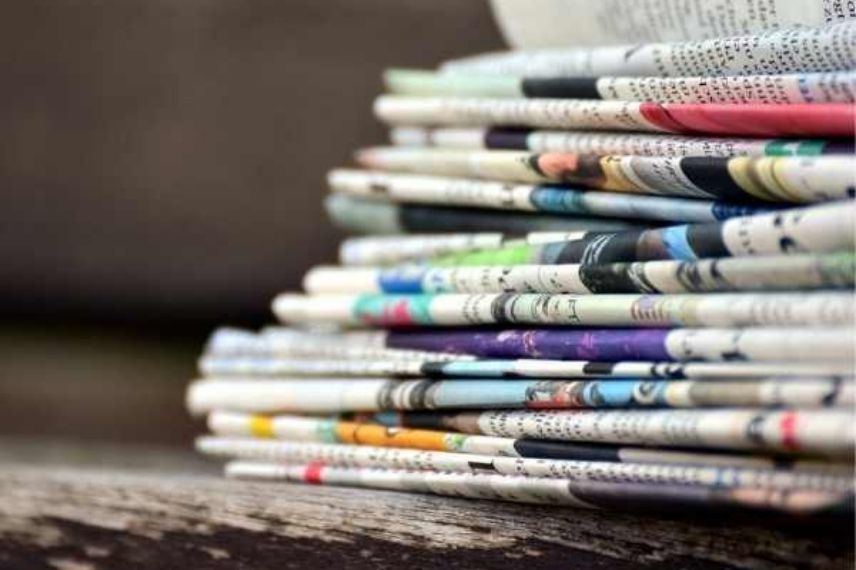
A pile of newspapers – photo by Congerdesign
Is newspaper ink toxic?
In the last century, inks were often composed of heavy metals and toxic compounds, such as lead and cadmium. Since 2001, Europe has mandated that our newspapers be entirely biodegradable and printed with so-called “food-safe” inks. Newspapers use vegetable oils like soybean, linseed, or sunflower oil. The pigments are mainly natural; for example, black ink is made from carbon (the same carbon that helps create balanced compost! And which earthworms love!). There is therefore no proven toxicity and no risk in using newspapers in the garden. However, be careful to use only newspapers from European sources and avoid using the glossy papers from magazines.
Read also
How to save water in the garden?Newspaper in compost
A good compost is a compost balanced in carbon and nitrogen materials. And sometimes, when you’re mowing the lawn during the lovely season, it’s difficult to add carbon to maintain this balance. However, your morning newspaper contains carbon! Easily biodegradable, its decomposition into organic matter is very quick and it has the ability to absorb excess moisture, thus limiting odours. What great reasons to turn it into humus, in short.
Ingrid’s tip: Tear your newspaper into pieces before adding it to the composter, along with other plant waste (green waste, pruning waste, or fallen leaves).
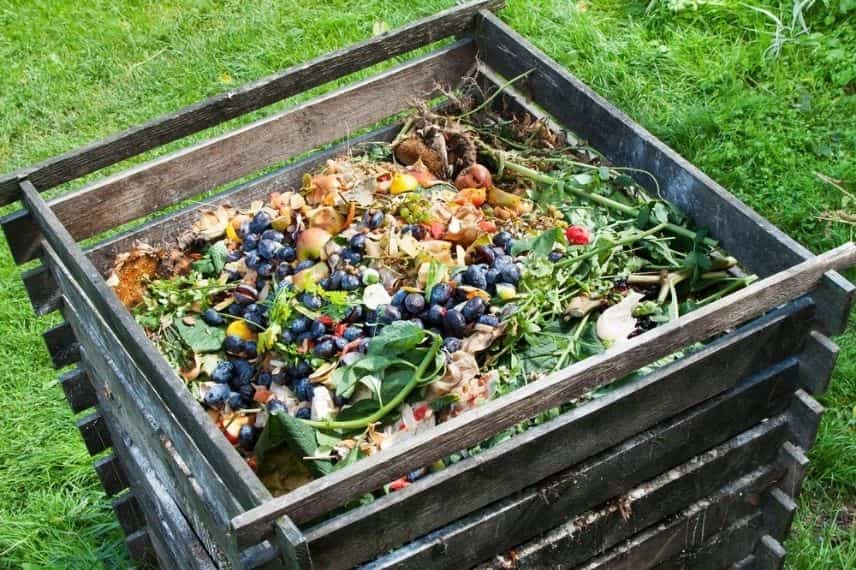
A compost bin in the lovely season – photo by Trish Walker
Newspaper in Worm Composting
Worms in vermicompost need regular carbon inputs. Newspapers, due to their composition, contain carbon and will provide what they need. However, a precaution must be taken: only use newspapers printed in Europe and with black ink. The pigments in coloured inks, although natural, are controversial for worms and may not be fully digestible. When in doubt, it’s better to abstain. Tear your newspaper into small pieces, moisten it, and simply incorporate it into the bin.
Read also
How to hide a compost bin?Mulching with newspaper
Newspaper can be used as mulch in the garden. It helps to space out watering due to its ability to retain moisture and prevents water evaporation. Insulating, it is also a good ground cover, protecting the soil and plants from cold temperatures and excessive heat. Three layers of newspaper are sufficient to prevent the soil from drying out too quickly while still allowing water to pass through during watering.
Another advantage of mulching with newspaper is that it prevents the growth of adventive plants. Placing three layers of newspaper around your plants will stop weeds from developing. This way, the nutrients in the soil are reserved for our beloved plants, avoiding root competition.
You can also suffocate existing weeds by covering them with several layers of newspaper. This allows for weeding or creating a new growing area with minimal effort.
Ingrid’s tip: Moisturise your newspaper to weigh it down and prevent it from blowing away. You can also cover it with a light mulch or weigh it down with a few pieces of wood in case a storm is forecast.
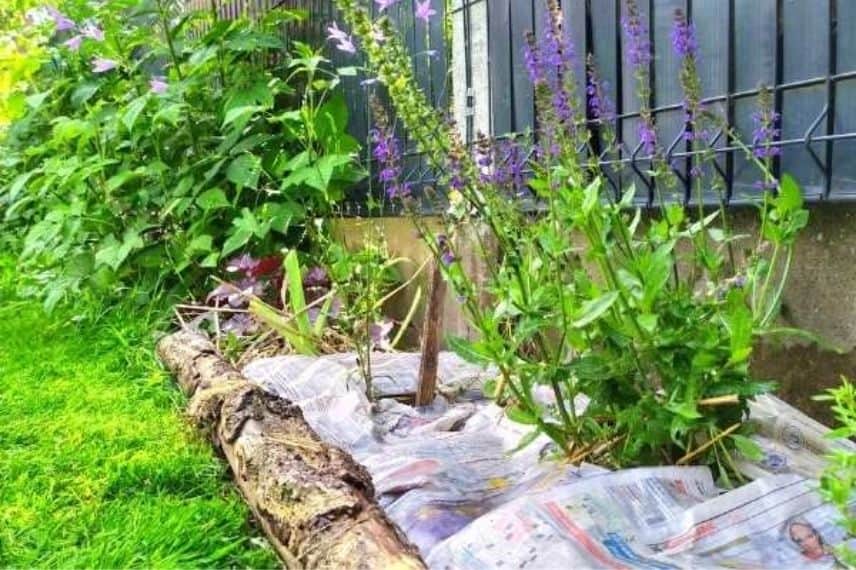
Mulching with newspaper.
Protect your bulbs and your harvest with newspaper.
Newspaper helps protect your bulbs, fruits, and vegetables, such as apples or pears, and keeps them for several weeks. Moreover, newspaper has the unique ability to absorb moisture. Some even claim that the smell of ink from newspapers repels gnats.
- Bulbs: they should be dry, firm, and free of soil. Wrap them individually in a sheet, without tightening too much to avoid suffocation. Store them in a cool, dry place.
- Apples, pears, and fruits: they should also be wrapped individually. Newspaper preserves the skin of the fruits and allows for longer storage without contact. Keep them in a cool, dry place.
- Vegetables: they can be stored either individually or in bundles in newspaper. They should be free of moisture before wrapping. As newspaper is relatively insulating, vegetables can also be stored in the refrigerator wrapped in a sheet, as with green beans.
Ingrid’s tip: Check the condition of your harvests from time to time to prevent the spread of mould. The newspaper will likely show signs of moisture.
Make seed sowing buckets from newspaper
You can make seed pots from newspaper, which is both economical and eco-friendly! Thanks to the “Paper Potter“, a small item from across the Channel, or using a cylindrical object (glass, bottle, etc.), you can easily and quickly create your own biodegradable newspaper pots for sowing seeds. No need to buy plastic pots, and you can reuse newspaper instead of throwing it away.
Moreover, you can plant the newspaper pot directly into the ground with the young plant. This reduces stress on our young plants and prevents damage to their roots during potting. The roots can easily penetrate the newspaper, which will decompose quickly.
You also save space by avoiding the need to store old plastic pots or clean them year after year to prevent seedling melt!
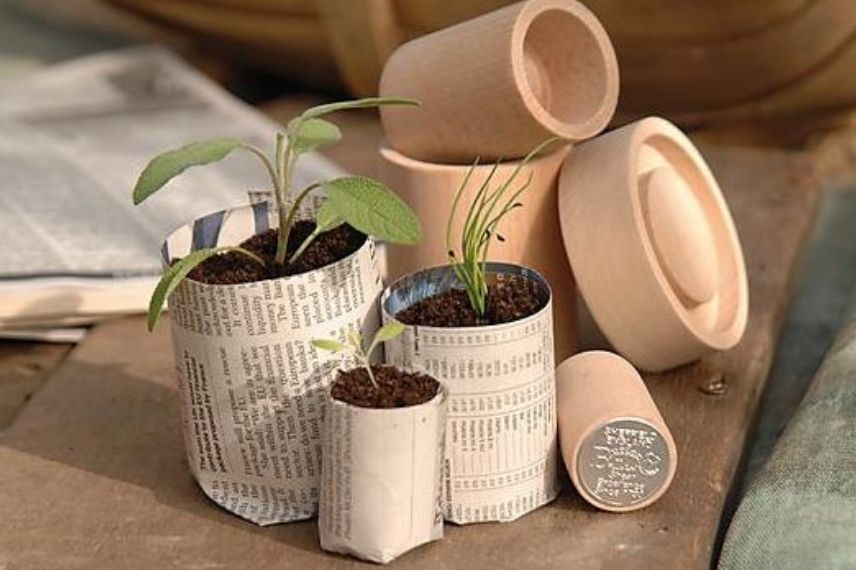
Clean and preserve garden tools with newspaper
Thanks to its moisture-absorbing ability, newspaper helps to clean gardening tools by removing dirt, soil residues, and water. When you are not using your tools for an extended period, especially in winter, you can wrap them in newspaper. This will protect them from moisture and consequently rust.
The journal for trapping pests
Snails and slugs love to take refuge under an insulating and cool cover during the day. And they adore damp newspapers! It’s easy to take advantage of this attraction to trap them. In the evening, place one or more piles of newspaper in your garden or vegetable patch. If your nights are dry, don’t hesitate to dampen the newspaper. The next day, lift the newspapers and dislodge the unwanted guests.
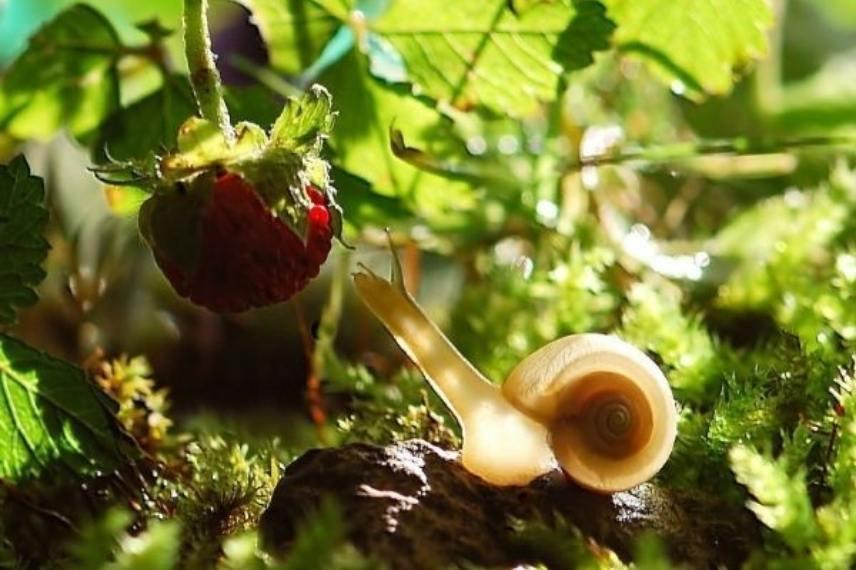
To go further
- Discover our article: what to do with cardboard in the garden?
- Find our article on the Paper Potter for creating biodegradable buckets.
- Charcoal in the garden, we explain its properties and uses.
- Black soap for the garden and vegetable patch, cleaner, insecticidal: a natural alternative
- Subscribe!
- Contents
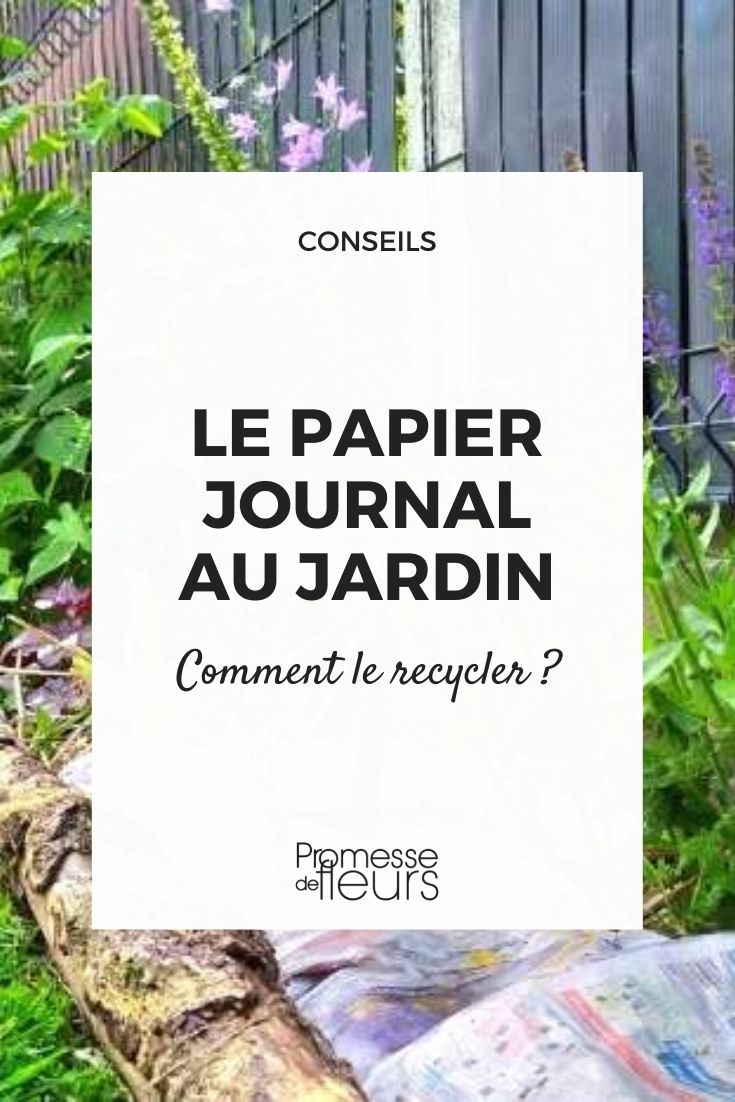































Comments